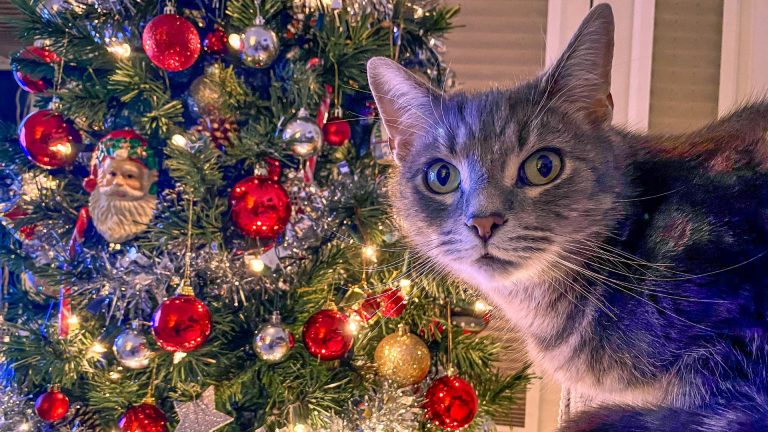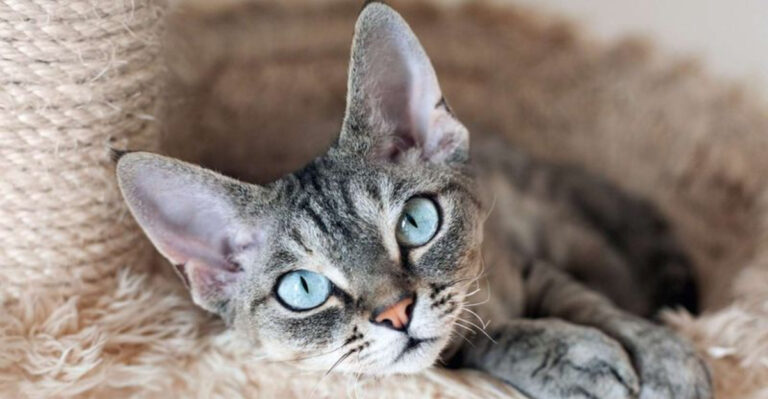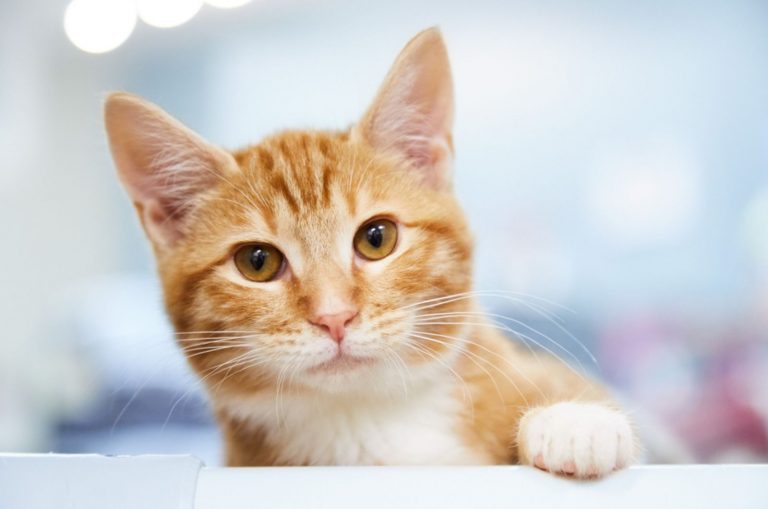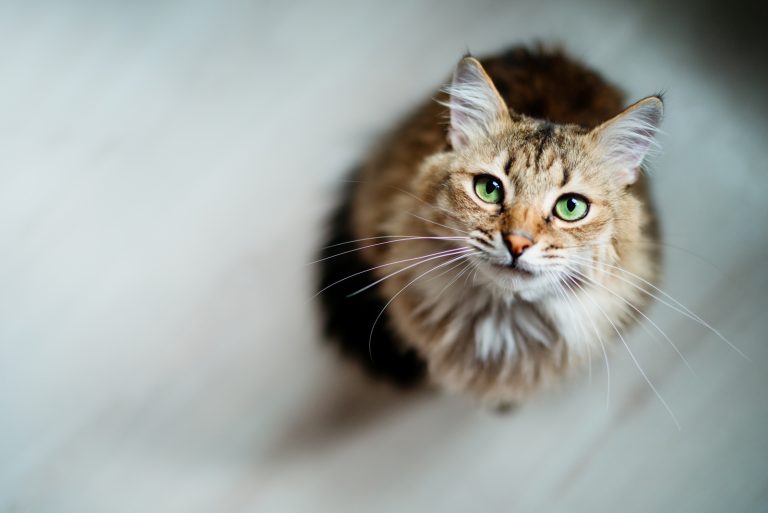15 Must-See Animals When Visiting Yellowstone National Park
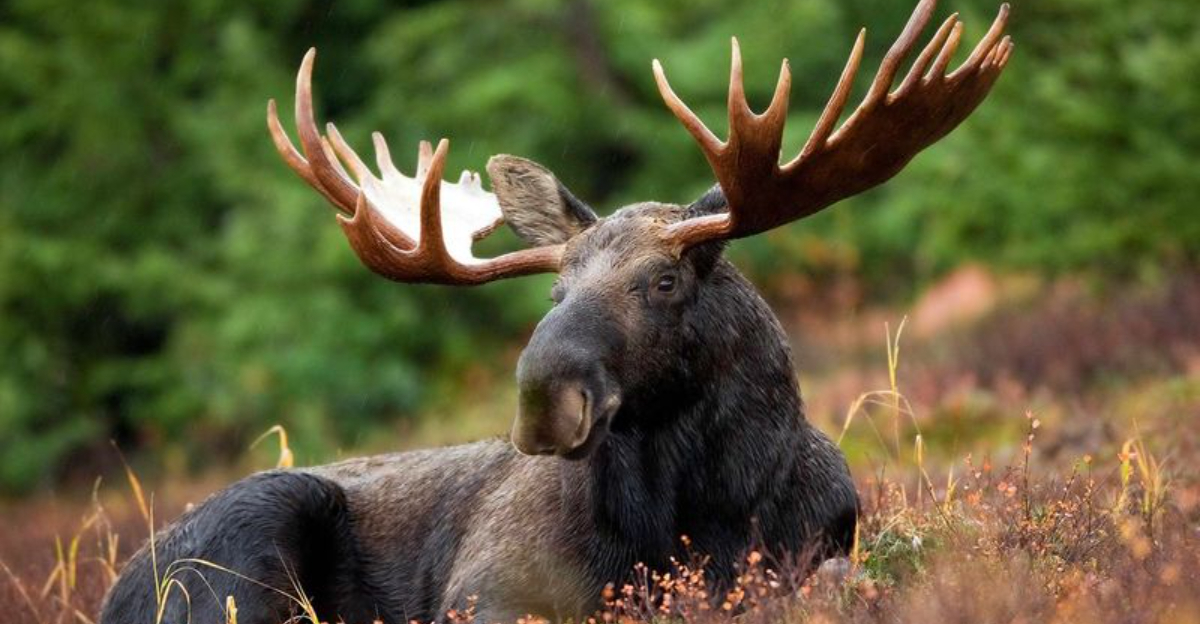
Yellowstone National Park is home to some of North America’s most magnificent wildlife. From massive herds of bison roaming open valleys to elusive predators stalking through forests, the park offers incredible opportunities to witness animals in their natural habitat.
Pack your binoculars and camera – here’s your guide to the amazing creatures you shouldn’t miss during your Yellowstone adventure.
1. American Bison
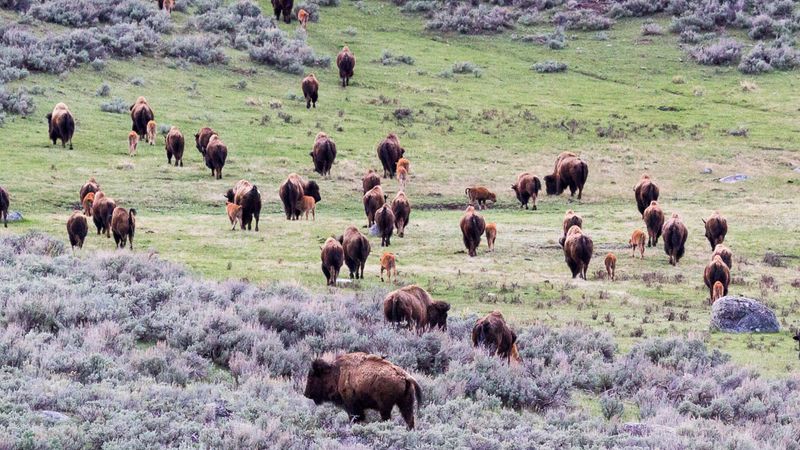
These massive beasts once numbered in the millions across America but were nearly wiped out by hunting. Now Yellowstone protects the nation’s largest wild herd.
Watch them graze peacefully in Hayden Valley or witness dramatic rutting displays in late summer when bulls battle for dominance. Their shaggy coats and powerful frames make them unforgettable park icons.
2. Grizzly Bear
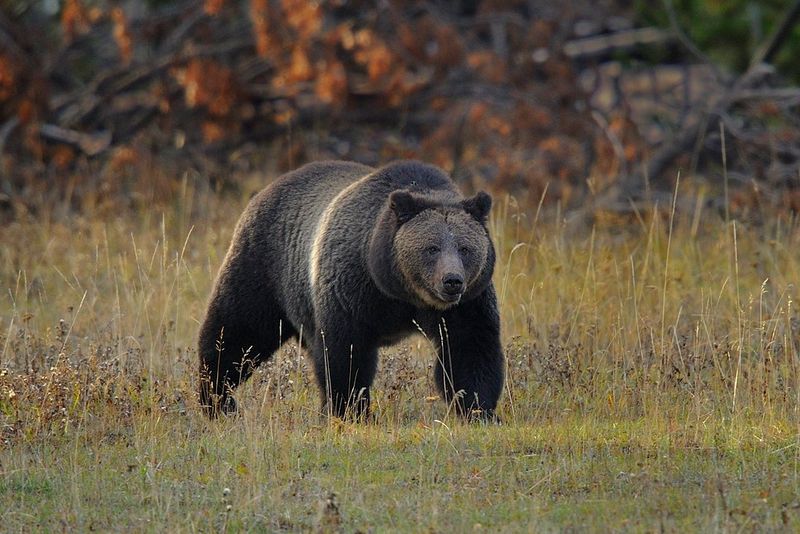
Nothing quickens the pulse like spotting a grizzly ambling through a meadow. These magnificent predators sport a distinctive shoulder hump and dish-shaped face.
Dawn and dusk offer the best viewing opportunities in Hayden and Lamar Valleys. Remember to maintain a safe distance of at least 100 yards – these powerful omnivores deserve our respect and space.
3. Black Bear
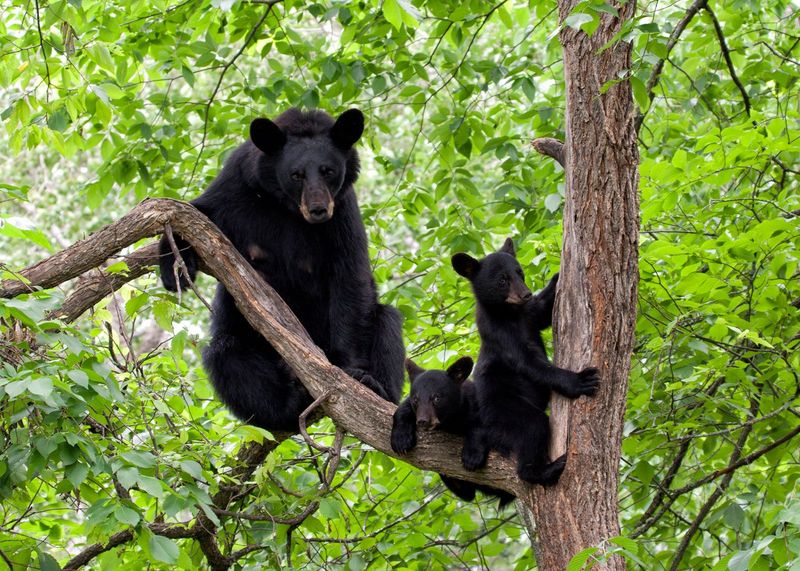
Smaller than their grizzly cousins but equally captivating, black bears roam Yellowstone’s forests year-round. Despite their name, these bears can be black, brown, or even blonde.
Look for them foraging along forest edges near Mammoth Hot Springs. Black bears lack the pronounced shoulder hump of grizzlies and have a straighter facial profile – important distinctions for wildlife watchers.
4. Gray Wolf
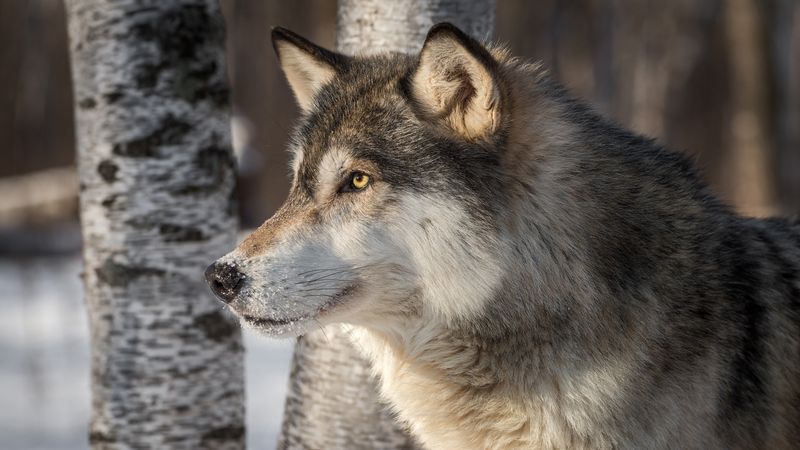
The howl of a wolf echoing across Lamar Valley represents one of conservation’s greatest success stories. Reintroduced in 1995 after being exterminated, wolves have reclaimed their ecological throne.
Early mornings provide the best chance to witness these social predators hunting or interacting with pack members. Bring a spotting scope – wolves often remain at a distance, moving with ghostlike efficiency through their territory.
5. Mountain Lion
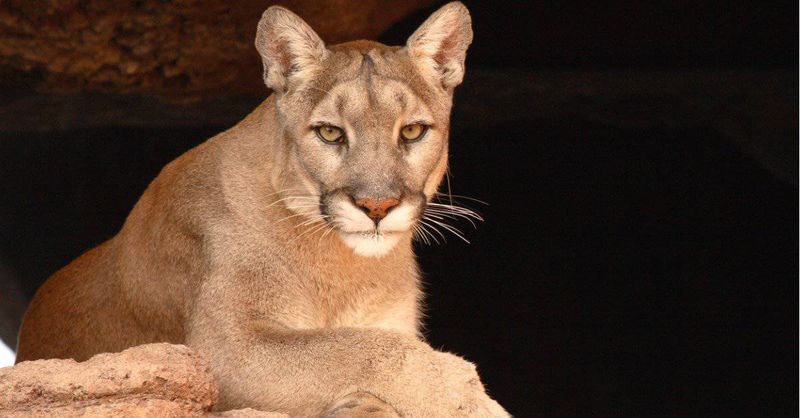
Glimpsing America’s most elusive big cat requires extraordinary luck. These stealthy predators hunt primarily at night, leaving few visitors with confirmed sightings. Mountain lions prefer rocky terrain and dense forests where they can ambush prey.
Their tan coats blend perfectly with Yellowstone’s landscape. While you may never spot one, knowing these magnificent cats roam the park adds to its wild mystique.
6. Moose
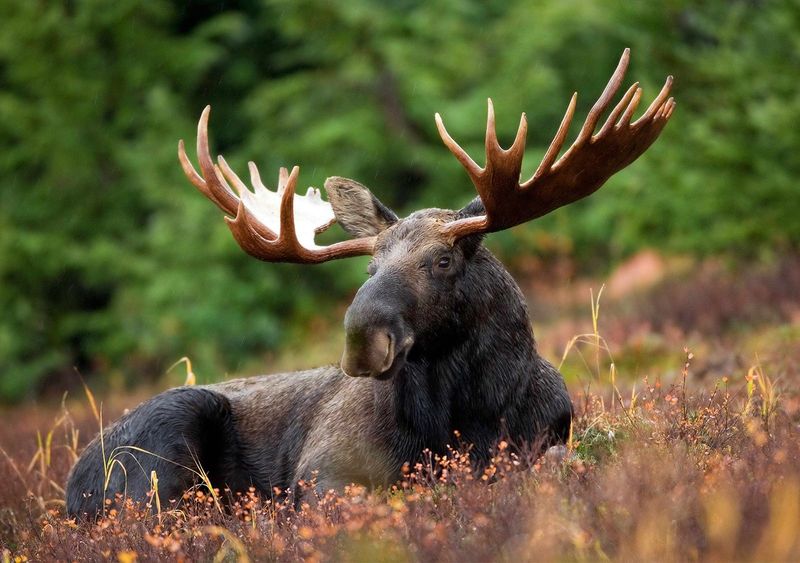
Standing taller than a horse with massive paddle-shaped antlers, bull moose create unforgettable impressions. These solitary giants prefer wetlands and willow thickets. Visit areas near Yellowstone Lake at dawn to catch them feeding in shallow waters.
Despite their ungainly appearance, moose move with surprising grace and can swim exceptionally well. Keep your distance – they’re unpredictable when startled.
7. Elk

Fall brings the haunting bugle calls of bull elk echoing across Yellowstone’s valleys. This eerie sound announces the mating season when males gather harems and challenge rivals. Mammoth Hot Springs hosts large herds year-round.
Females travel in groups while impressive bulls with towering antlers command attention. Dawn and dusk offer prime viewing of these majestic ungulates grazing in meadows.
8. Pronghorn
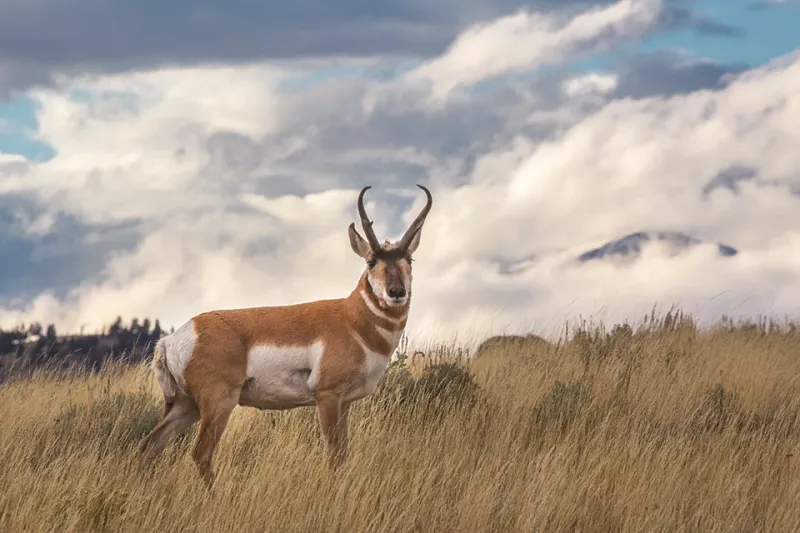
Built for speed, pronghorns can outrun any Yellowstone predator at a blazing 55 mph. These tan and white animals with distinctive black markings are North America’s fastest land mammals.
Spot them in open grasslands of Lamar Valley where their exceptional eyesight helps detect danger from great distances. Unlike true antelopes, pronghorns shed and regrow their horn sheaths annually – a unique adaptation among hoofed animals.
9. Bighorn Sheep
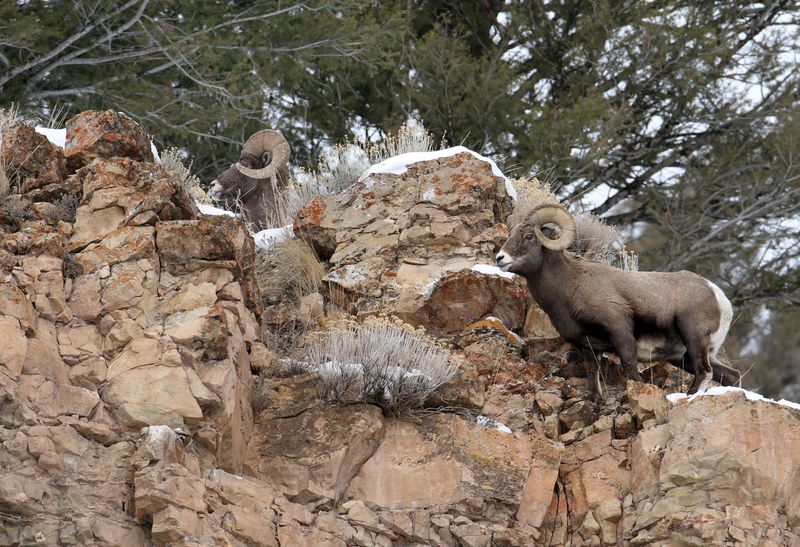
Few sights match the drama of bighorn rams clashing horns during mating season. The thunderous crack echoes across mountain slopes as these nimble climbers battle for dominance. Mount Washburn offers excellent viewing opportunities year-round.
Watch in amazement as these sure-footed animals navigate seemingly impossible cliff faces with casual ease. Their massive curved horns can weigh up to 30 pounds on mature males.
10. River Otter
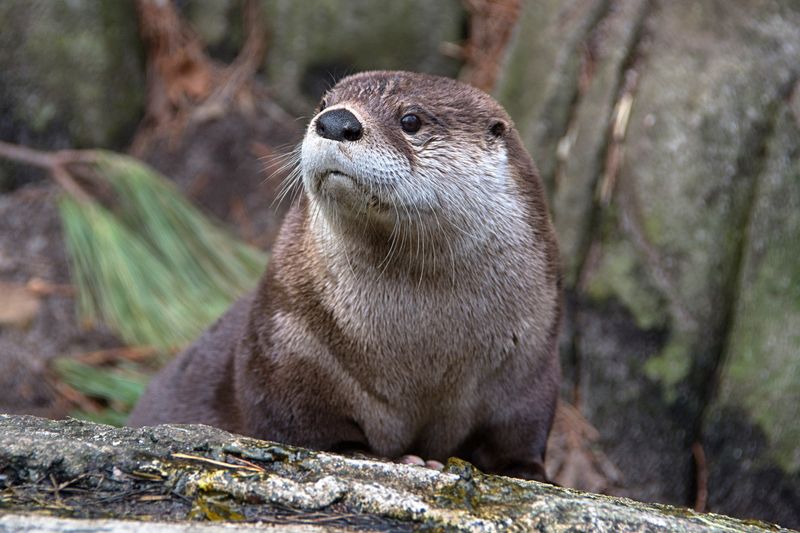
Playful river otters bring smiles to lucky observers who catch their aquatic antics. These sleek mammals slide down muddy banks and chase each other through Yellowstone’s waterways. Look for them along the Lamar River or Yellowstone Lake shorelines.
Despite their playful nature, otters are serious hunters, expertly catching fish and crayfish. Their thick fur and streamlined bodies make them perfectly adapted to life in and around water.
11. Beaver
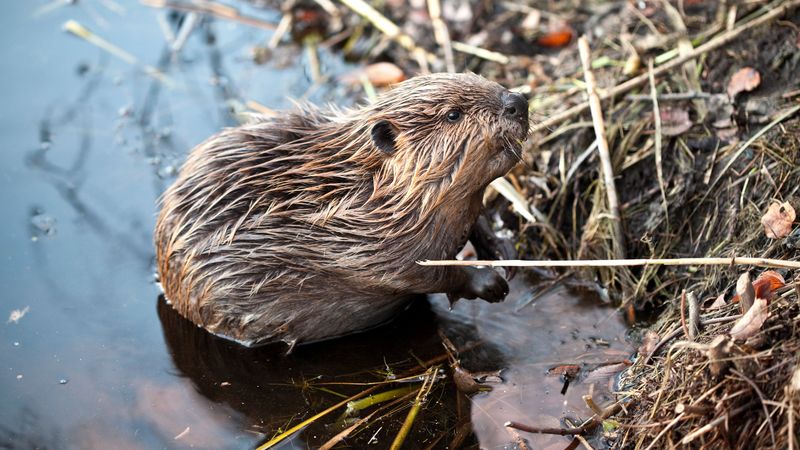
Nature’s engineers transform Yellowstone’s waterways with impressive dams and lodges. Beavers work tirelessly, felling trees and creating wetland habitats that benefit countless other species.
Evening brings the best chance to observe them swimming along the Madison River. Listen for the distinctive slap of their flat tails hitting water – a warning signal to other beavers. Their industrious nature and family-centered colonies make them fascinating to watch.
12. Red Fox
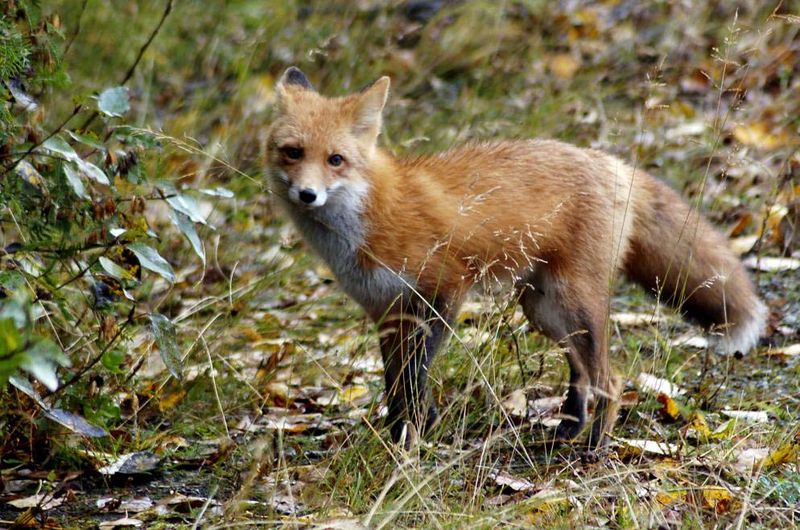
Flame-colored and fantastically clever, red foxes brighten winter landscapes with their russet coats and bushy white-tipped tails. These medium-sized canids hunt with remarkable precision, pouncing through snow to catch hidden rodents.
Winter mornings in Hayden Valley offer excellent spotting opportunities. Watch for their distinctive hunting technique – a vertical leap followed by a precise nose-dive into snow. Their adaptability and intelligence make them successful throughout the park.
13. Coyote
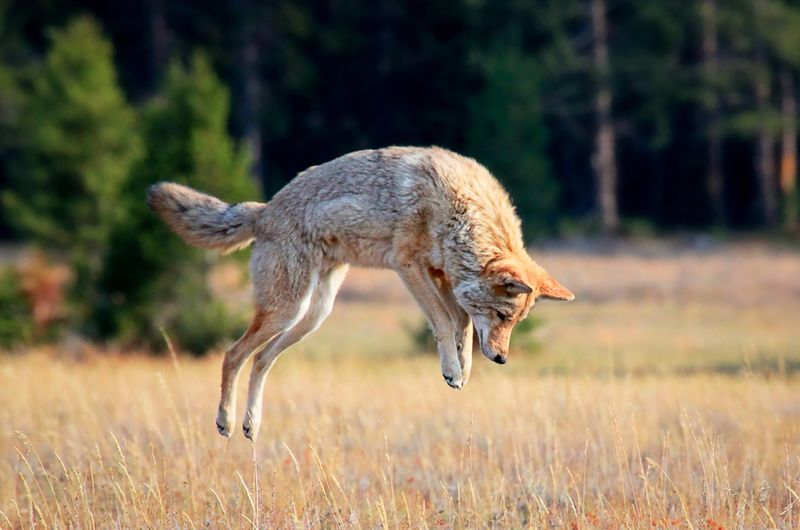
Masters of adaptation, coyotes thrive throughout Yellowstone despite competition from larger wolves. Their distinctive yipping howls create unforgettable wilderness soundtracks, especially at dusk. Unlike their secretive wolf cousins, coyotes often hunt in plain view.
Watch them patiently stalking small mammals in meadows or trotting along roadsides. Their golden eyes and alert expressions reveal remarkable intelligence and resilience in an ever-changing ecosystem.
14. Bald Eagle
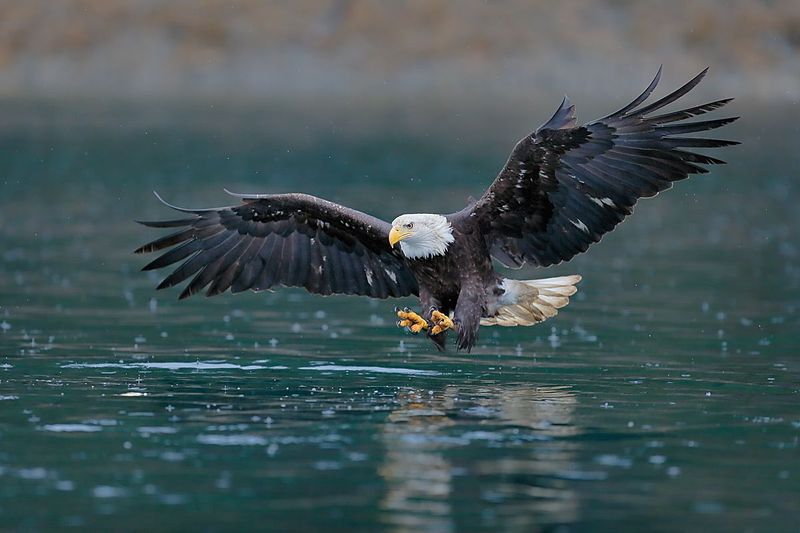
America’s national bird soars majestically above Yellowstone’s waterways. With wingspans reaching seven feet, adult bald eagles are unmistakable with their white heads and tails contrasting against dark bodies. Scan tall trees along Yellowstone Lake for their massive nests.
Winter concentrations increase near open water where eagles feast on fish. Their powerful talons and hooked beaks make them formidable predators, capable of plucking fish from water with surgical precision.
15. Great Horned Owl
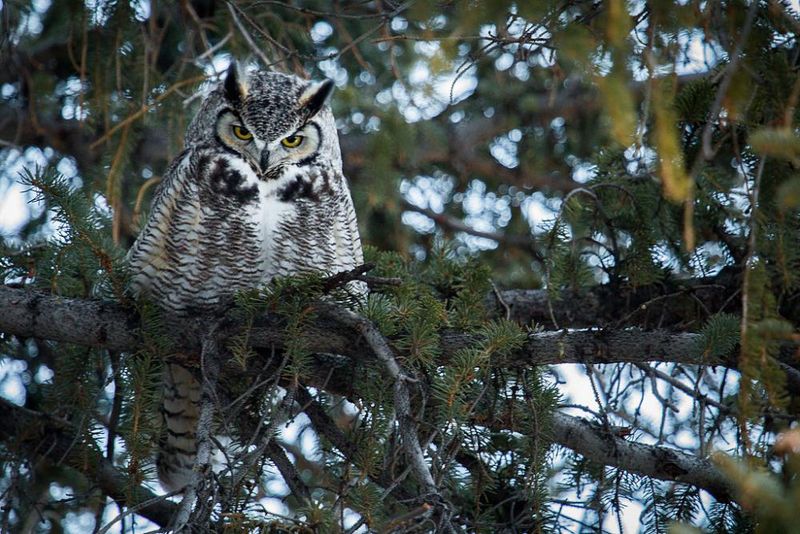
Silent wings and piercing yellow eyes make great horned owls the phantom predators of Yellowstone’s forests. Their distinctive ear tufts (not actually horns) and deep hooting calls create an air of mystery. Listen for their resonant “hoo-h’HOO-hoo-hoo” at dusk, especially in wooded areas.
These powerful nocturnal hunters can take prey larger than themselves, including skunks and porcupines. Their specialized feathers enable completely silent flight – a deadly advantage when hunting in darkness.

